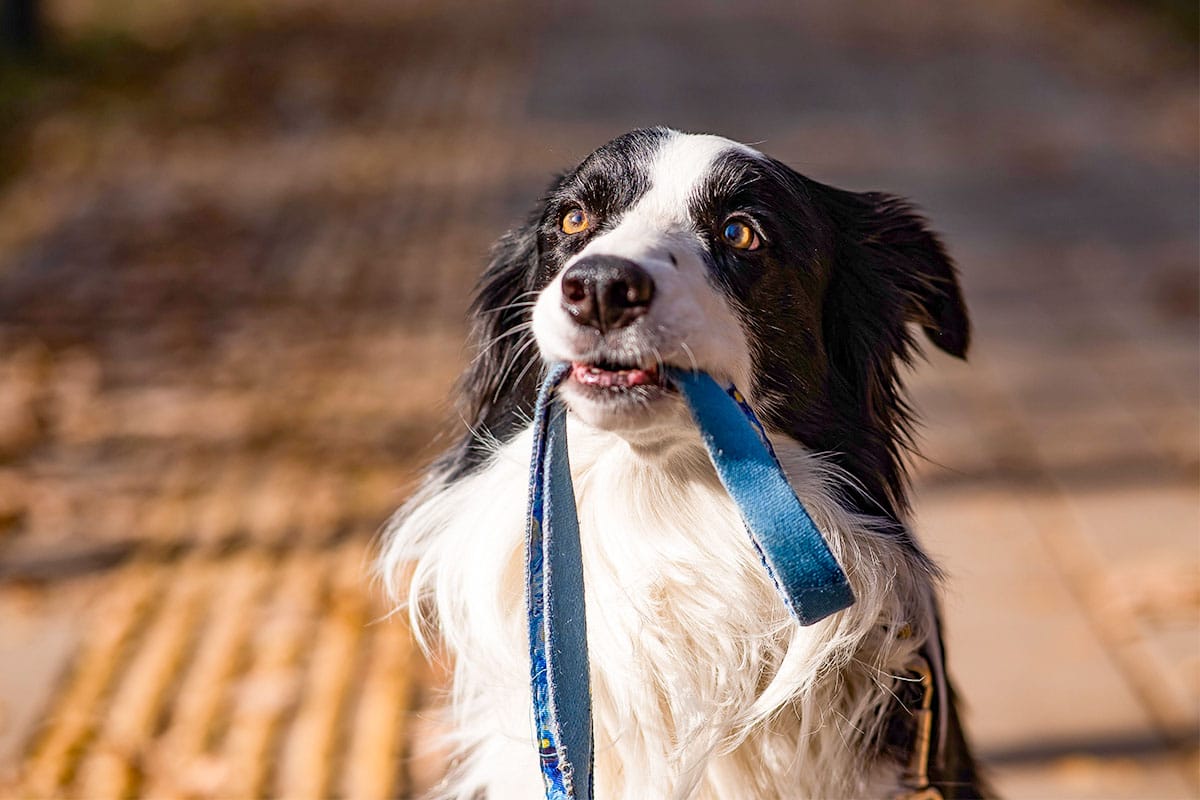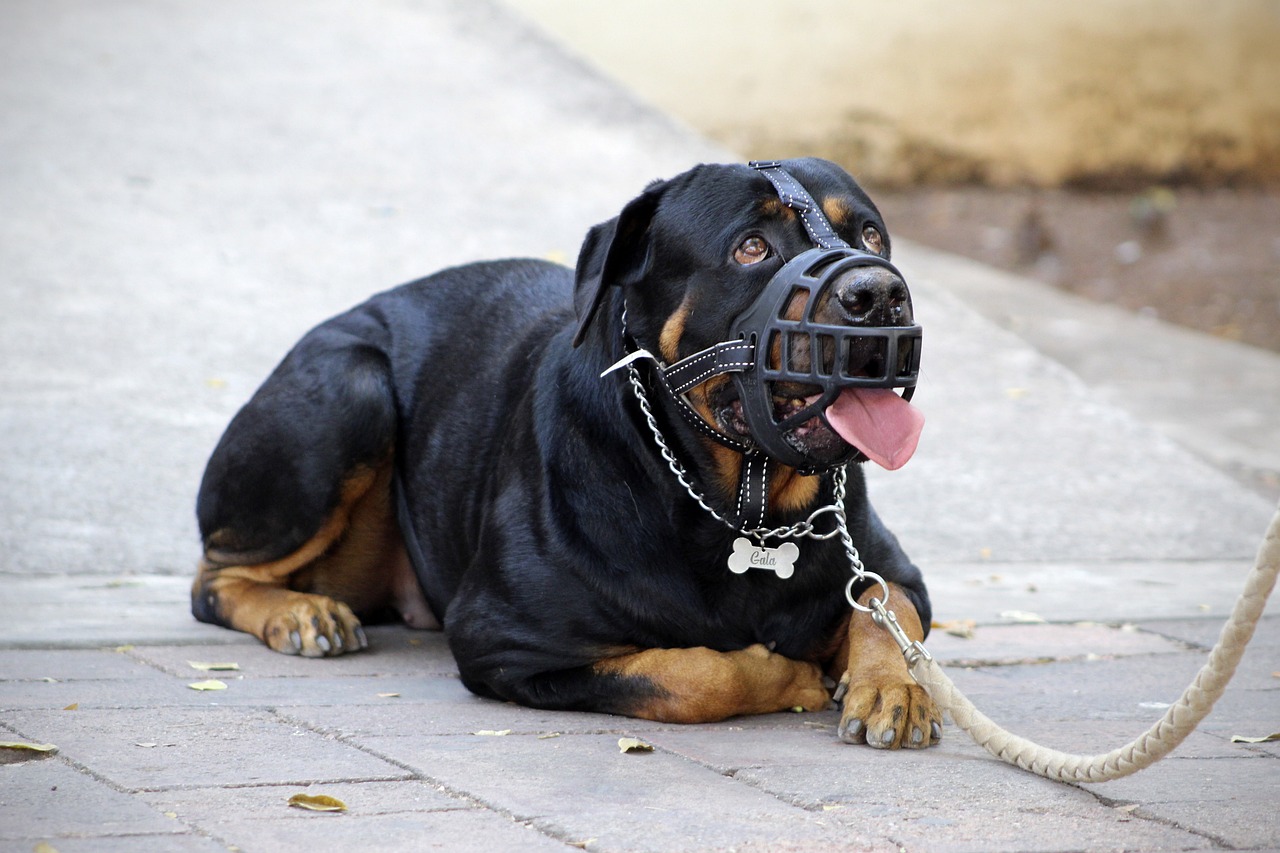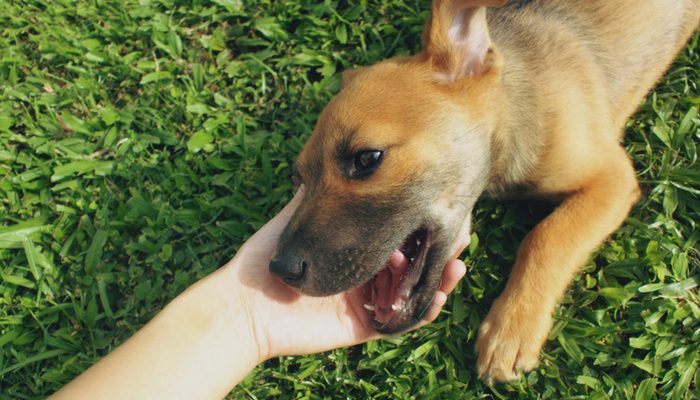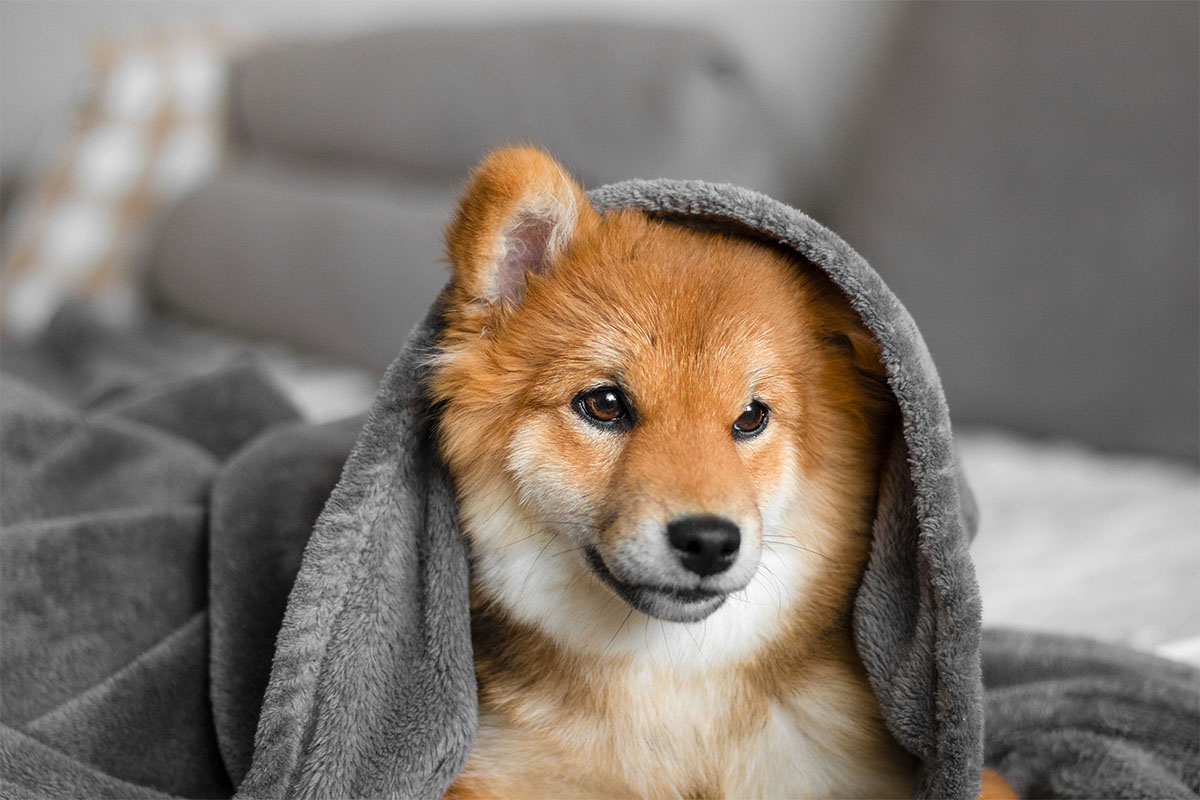Creating a pet-friendly home is essential for ensuring your furry friend lives comfortably and safely while maintaining a harmonious living environment. Whether you’re a seasoned pet owner or you’re thinking of adopting a pet, making your home pet-friendly can enhance the bond between you and your animal companion. Here’s a guide to help you transform your living space into a cozy, safe haven for your pet.
Creating Dedicated Pet Zones for Your Dog
Every dog needs a special spot to feel safe and loved. By setting up clear areas for rest, play, and meals, you help your furry friend understand where they belong. This reduces stress for both of you and keeps your home tidy. Let’s break down how to do this step by step.
Choose Rest and Play Areas
Dogs feel calm when they know where to relax and where to have fun. Pick a quiet corner for their bed, away from noisy spots like the kitchen or front door. A cozy nook near a wall or under a table works well. For playtime, choose a space with room to run, like near a window or in a living room corner. Use baby gates or low fences if you need to separate these zones.
Include toys that encourage movement. Chew ropes and puzzle feeders keep dogs busy and happy. Switch toys every week to prevent boredom. Avoid placing beds near loud appliances like washing machines—noise can scare your dog.
Build a Safe Retreat for Stress Relief
Dogs often hide when they’re scared. Create a snug retreat using a covered crate with soft blankets or a raised bed with sides. Add an old shirt with your scent to comfort them. For older dogs, use beds that support joints to ease pain.
Put retreats in quiet areas but within sight of family activities. If your dog hates thunderstorms, place their retreat in a room without windows to muffle noise.
Keep Supplies Neat and Accessible
Store leashes, toys, and brushes in labeled bins or baskets near the door. Hang leashes on hooks to avoid tangles. Use airtight containers for dog food to keep it fresh and safe from pests.
Set up a feeding station with non-slip bowls on a washable mat. Keep treats in sealed jars for easy access during training. If space is tight, try wall shelves or under-cabinet drawers.
Place Zones Where Your Dog Feels Happy
Put rest areas where your dog naturally relaxes, like near the couch or your bedroom. Avoid drafty spots or direct sunlight. Play zones work best on easy-to-clean floors like tile or vinyl.
If your dog goes outside, connect their indoor zone to the yard with a pet door. For houses with stairs, add small rest areas on each floor so your dog doesn’t get tired1.
By following these tips, you’ll create a home that keeps your dog happy and your life organized. Simple changes make a big difference!
Comprehensive Pet-Proofing Strategies for Dog Owners
Keeping your dog safe at home starts with simple changes anyone can make. These steps help prevent accidents and create a worry-free space for your furry friend. Let’s break down the key areas to focus on.
Indoor Safety Checks and Fixes
Start by getting down to your dog’s eye level. Crawl around your home to spot dangers they might see, like loose wires or small objects. Look for sharp corners on furniture that could hurt a running dog, and use soft bumpers to cover them. Close gaps behind appliances where curious noses might get stuck.
Check floors for things your dog might swallow—coins, hair ties, or toy parts. Keep these off the ground. Move houseplants like lilies or aloe vera to high shelves, as many are toxic to dogs. Use baby gates to block rooms with fragile items or messy spaces like laundry areas.
Finding and Removing Hidden Dangers
Dogs explore with their mouths, so store these items out of reach:
- Cleaning supplies (even natural ones)
- Medicines (human and pet)
- Chocolate, grapes, and sugar-free gum (toxic to dogs)
- Small batteries or magnets
Use trash cans with tight lids to stop your dog from eating spoiled food or wrappers. Keep toilet lids closed so pets don’t drink harmful cleaning chemicals.
Locking Up Unsafe Cabinets and Drawers
Dogs can open low cabinets with their paws. Use baby-proof locks on drawers holding chemicals, tools, or sharp objects. For cabinets under the sink, try magnetic locks that only adults can open. Store dog food in sealed containers to keep pests away and prevent overeating.
If you have a cat, hide their litter box in a furniture piece with a pet-sized entrance. This keeps dogs from snacking on litter, which can make them sick.
Managing Cords and Electrical Safety
Dogs often chew dangling wires, risking burns or shocks. Tackle this by:
- Hiding cords behind furniture or under rugs
- Using spiral cable wraps or PVC pipes to cover exposed wires
- Unplugging devices when not in use
For lamps or TVs, secure cords to walls with adhesive clips. If your dog loves digging, bury outdoor cables deeper than 6 inches or cover them with heavy stones.
Bonus tip: Spray bitter apple spray on cords to discourage chewing. Always supervise puppies near electronics until they learn what’s off-limits.
Choosing Pet-Friendly Materials for Your Home
Creating a dog-friendly home starts with picking the right materials. The best choices keep your furniture safe from scratches and make cleaning easier, while still looking nice. Let’s explore how to balance durability and style.
Furniture Materials That Resist Pet Damage
Leather is a great option for dog owners. It’s tough and doesn’t trap fur, so a quick wipe removes hair. While scratches might happen, they often add character over time. If you’re worried about sharp claws, try microfiber—a soft, synthetic fabric that’s hard for dogs to tear. For homes with active pets, outdoor fabrics work indoors too. These are stain-resistant and easy to clean with just soap and water.
Avoid delicate materials like silk or velvet. These trap hair and show scratches easily. Instead, choose tightly woven fabrics (like canvas or denim) that claws can’t catch. If your dog loves the couch, add a washable blanket to protect the fabric.
Performance Fabrics for Busy Homes
Performance fabrics (like Crypton) are game-changers. They’re treated to resist stains, odors, and moisture. Spills bead up instead of soaking in, so you can blot them away quickly. These fabrics also handle heavy use—some survive 50,000 rubs, which is ideal for homes with zoomies-loving pups.
Look for scrubbable fabrics that clean easily with water. Many come in soft textures like velvet or linen blends, so you don’t sacrifice comfort. For example, Crypton’s fabrics block liquids but still feel cozy.
Building Furniture That Lasts
Strong frames matter. Choose solid wood (like oak or walnut) over particleboard, as it resists chewing and scratches. Avoid wobbly legs or thin supports—active dogs can knock over weak furniture.
For sofas, pick designs with removable, machine-washable covers. This lets you clean muddy paw prints without hassle. Tightly attached cushions also prevent dogs from digging into gaps.
Making Style and Safety Work Together
You don’t need to sacrifice looks for pet safety. Try these tips:
- Match colors to your dog’s fur: A gray sofa hides white or black hair better.
- Use patterns: Stripes or subtle textures hide minor scratches.
- Add pet-friendly decor: Stylish baskets store toys, while built-in beds blend with your furniture.
For floors, luxury vinyl tiles (LVT) resist scratches and clean easily. Add washable rugs (like Ruggable) for warmth without the worry.
By choosing smart materials and designs, you create a home that’s both beautiful and ready for paw-some adventures. Regular checks (like trimming nails) keep everything looking fresh.
Flooring and Outdoor Solutions
Creating a pet-friendly home means choosing the right floors and safe outdoor spaces. These tips will help you keep your dog safe and your home clean.
Flooring Solutions
Not all floors work well with pets. Here’s a simple guide:
- Vinyl/LVT: Waterproof, scratch-resistant, and easy to mop. Perfect for muddy paws.
- Tile: Cool in summer and easy to clean, but can be slippery.
- Laminate: Affordable and scratch-resistant, but avoid glossy finishes.
- Carpet: Traps hair and stains—choose low-pile or indoor-outdoor rugs instead.
Vinyl and tile are top picks for most pet owners. They handle spills and claws better than other options.
Slip-Proof Floors for Older Dogs
Senior dogs often struggle on slippery floors. Add non-slip mats near their beds and food bowls. For tile or hardwood, use textured finishes or stick-on grips. Area rugs with rubber backing also help prevent falls.
Managing Shedding and Cleaning
Smooth floors (like vinyl) make sweeping hair easier. Use a microfiber mop daily to catch loose fur. For carpets, a vacuum with a pet hair attachment works best. Wipe up accidents quickly to avoid stains.
Using Rugs and Runners
Place washable rugs in high-traffic areas (like hallways) to protect floors. Machine-washable brands like Ruggable save time. Avoid fringed edges—dogs might chew them.
Outdoor Space Optimization
Check your fence for gaps or weak spots. Bury chicken wire 1 foot deep along the fence line to stop diggers. For jumpers, add a 6-foot tall fence or angled extensions at the top.
Safe Zones for Cats
Create a catio (cat patio) with wire mesh for fresh air without escape risks. Add shelves for climbing and hideouts for naps. Keep plants like catnip in pots they can’t knock over.
Pet-Safe Landscaping
Avoid these toxic plants:
- Lilies (deadly to cats)
- Sago palms
- Tulip bulbs
- Cocoa mulch
Use pet-friendly grass (like Kentucky bluegrass) and avoid chemical pesticides.
Shade and Weather Protection
Provide shaded areas with umbrellas, trees, or a covered patio. In summer, fill a kiddie pool with water for dogs to cool off. In winter, add a heated bed or insulated doghouse.
For paths, use cool pavers (not dark stone) to protect paws from burns.
By choosing smart materials and designs, you’ll create a home where pets thrive indoors and out. Simple changes make a big difference!
Health and Maintenance Integration in Pet-Friendly Homes
Keeping your dog healthy starts at home. A well-designed space makes grooming easier, helps spot health issues early, and prevents accidents. Let’s explore how to create a home that supports your dog’s well-being.
Creating Spaces for Regular Grooming
Set up a dedicated grooming area with easy-to-clean floors (like tile or vinyl) and good lighting. Include a raised bath tub or a low sink with a non-slip mat to prevent slips. Store brushes, shampoos, and towels in nearby cabinets or shelves for quick access. For small dogs, use a foldable table with a rubber mat to keep them steady during nail trims.
Place grooming stations near a water source and floor drain for easy cleanup. Add a handheld showerhead with adjustable pressure to make baths less stressful1. After grooming, use absorbent mats or machine-washable rugs to catch drips.
Designing for Easy Health Checks
Create a calm corner for routine health checks. Use a soft mat or bed where your dog can lie comfortably while you examine their paws, ears, or teeth. Keep a pet health kit nearby with a thermometer, nail clippers, and a magnifying glass for tick checks.
Tech tools like wearable collars (e.g., PetPace) track heart rate and temperature, alerting you to changes via smartphone. For at-home checks, devices like ExamD let you monitor vitals pain-free and share data with your vet instantly.
Vet-Recommended Home Adjustments
Vets suggest these design tweaks:
- Non-slip flooring (textured tile, rubber mats) to protect joints, especially for older dogs.
- Secure storage for medicines and cleaners—use high cabinets with childproof locks.
- Quiet retreats away from loud noises (e.g., laundry rooms) to reduce stress.
- Rounded furniture edges to prevent cuts during play.
For homes with multiple dogs, set up separate feeding areas to reduce stress and prevent food guarding. Raised food bowls work well for larger breeds, helping prevent neck strain and aiding digestion. This simple change can make mealtimes calmer and healthier. If you need tailored advice for your pets’ unique needs, trusted veterinary resources like Thrive Veterinary Care offer expert guidance to keep your furry family thriving.
Adding Preventative Health Features
Stop problems before they start:
- Grass patches on balconies or porches for dogs who eat houseplants.
- Air purifiers near beds to reduce allergens and dust.
- Mud stations at entrances with towels and a paw-washing basin to keep dirt outside.
- Chew-proof cord covers and outlet caps to prevent electric shocks.
Schedule “health check days” to inspect your home for hazards like loose wires or toxic plants. Update vaccines and parasite controls based on your vet’s advice.
Cleaning Systems and Maintenance Routines for Dog Owners
Keeping a clean home with dogs doesn’t have to be stressful. With smart routines and the right tools, you can manage fur, mud, and odors easily. Let’s break down simple strategies to save time and keep your space fresh.
Efficient Cleaning Protocols
Start with daily quick cleanups:
- Sweep floors with a microfiber mop to catch loose fur.
- Wipe muddy paws at the door with a damp towel.
- Spot-clean accidents immediately using enzyme sprays to prevent stains.
Weekly deep cleans:
- Vacuum upholstery and carpets with a pet hair attachment.
- Wash dog beds and blankets in hot water to kill germs.
- Mop hard floors with vinegar-water mix (1:1 ratio) for natural disinfection.
Keep a cleaning caddy stocked with:
- Rubber gloves
- Enzyme cleaner (like Nature’s Miracle)
- Lint roller for furniture
- Extra trash bags
Materials That Make Cleaning Easier
Choose these low-maintenance materials:
- Vinyl/LVT flooring: Wipes clean in seconds.
- Leather or microfiber couches: Resists stains and fur.
- Machine-washable rugs (like Ruggable): Toss in the laundry weekly.
- Slipcovers in dark colors: Hide fur between washes.
Avoid porous materials like untreated wood or shag carpets—they trap smells and stains.
Odor Control Tricks
Dogs bring smells, but these fixes help:
- Baking soda: Sprinkle on carpets before vacuuming to neutralize odors.
- Air purifiers with HEPA filters: Capture dander and freshen air.
- Washable pee pads: Place under food bowls to catch spills.
- Grooming routine: Brush dogs outdoors weekly to reduce indoor shedding.
For strong smells, mix 1 cup hydrogen peroxide + 2 tbsp baking soda + 1 drop dish soap in a spray bottle. Test on a hidden area first.
Time-Saving Hacks
Make cleaning part of your daily flow:
- Mud station: Keep a basket by the door with towels, paw wipes, and a small trash can.
- Robot vacuum: Set it to run daily while you’re at work.
- Two-tier laundry system: Use separate hampers for dog items and human clothes.
- Food mat: Place under bowls to catch crumbs—just shake it outside.
Pro tip: Trim hair around your dog’s paws to reduce tracked-in dirt.
Conclusion
Creating a home that works for both you and your pets is possible with thoughtful planning. Start by choosing durable, pet-friendly materials like scratch-resistant furniture and washable rugs that match your style. Hidden storage solutions, like stylish baskets or ottomans, keep toys and supplies tidy without sacrificing decor.
As pets age, small changes make a big difference. Add non-slip mats to help older dogs walk safely, and install ramps to their favorite spots. Keep food bowls and beds on the ground for easy access.
In homes with multiple pets, create clear zones to reduce tension. Separate feeding areas and give each pet their own bed or crate. Use baby gates or cat shelves to create safe spaces for quieter animals.
Regularly reassess your space as your pets’ needs change. A flexible approach—like widening pathways or adding extra water stations—ensures your home stays comfortable for everyone. By blending practicality with personal taste, you’ll build a space where both you and your furry family thrive.



















 English (US) ·
English (US) ·